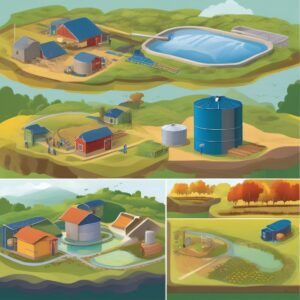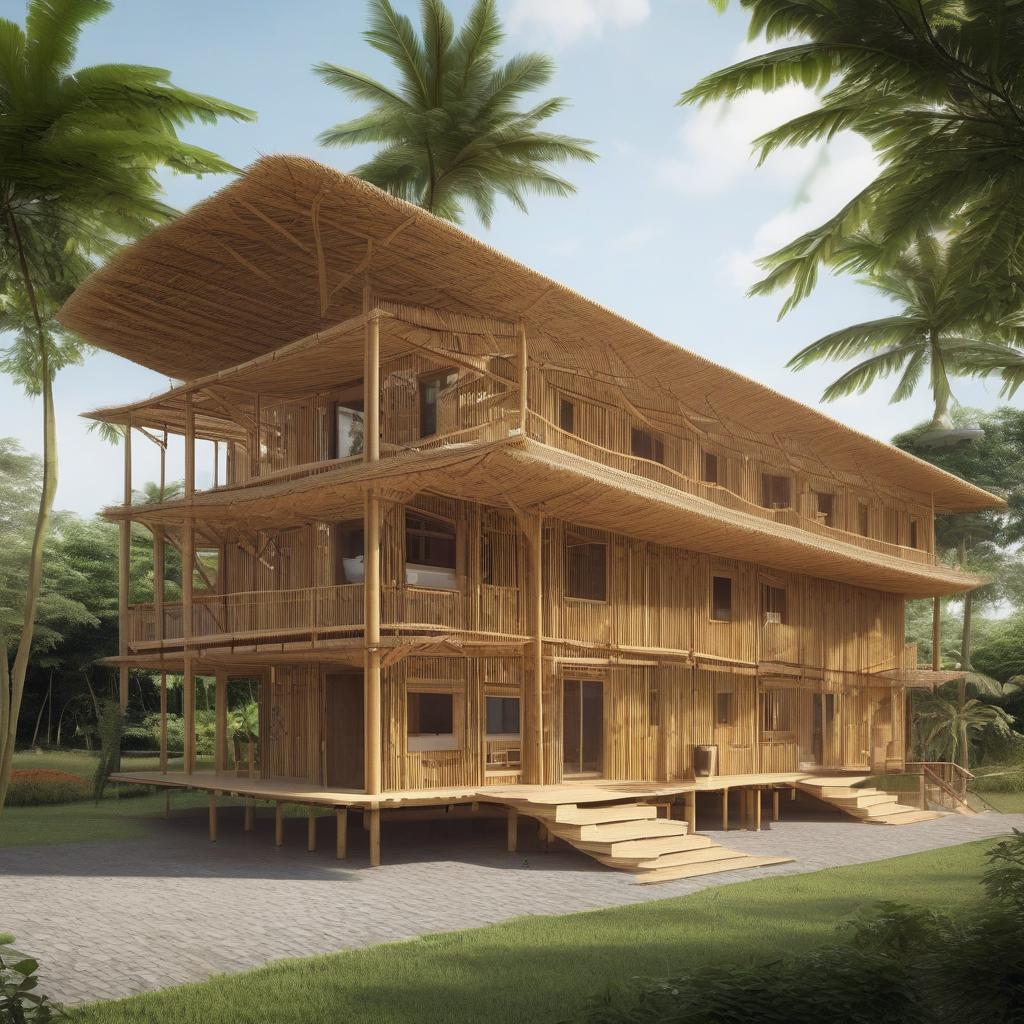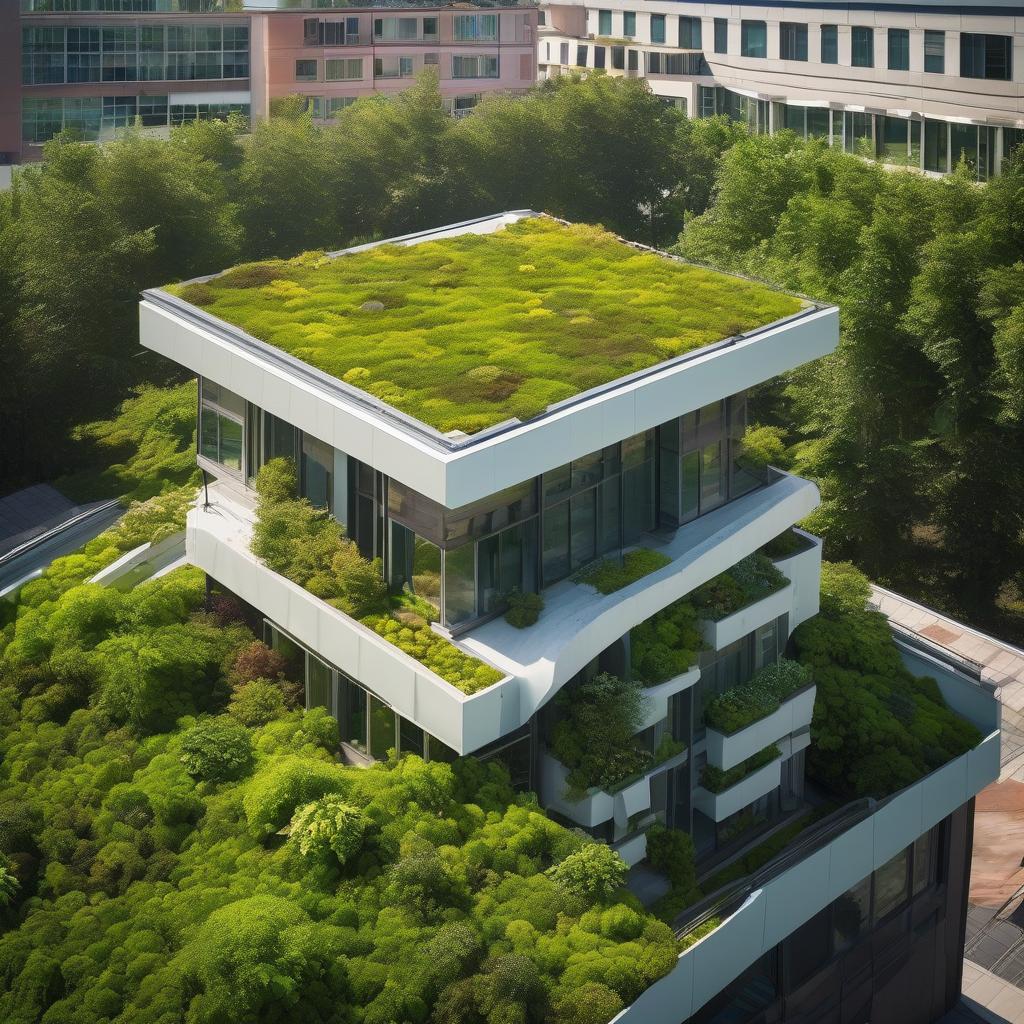Introduction
Learn how to build an effective rainwater harvesting system in rural Ghana with this comprehensive step-by-step guide. Improve water access, promote sustainability, and empower communities through practical construction tips and best practices. In rural Ghana, access to clean water remains a critical challenge. Approximately 18% of Ghanaians lack safe drinking water, with rural areas disproportionately affected due to fragmented infrastructure and reliance on seasonal water sources (World Bank, 2022). Climate change exacerbates this issue, with erratic rainfall patterns and prolonged dry seasons.

Rainwater harvesting (RWH) offers a lifeline—a simple, cost-effective solution to empower communities. This guide explores how to build a sustainable RWH system tailored to rural Ghana’s needs, complete with case studies, FAQs, and actionable insights.
Why Rainwater Harvesting?
1. Aligning with Local Needs
- Water Scarcity: 35% of rural households spend over 30 minutes collecting water (Ghana Statistical Service, 2021).
- Health Benefits: Reduces reliance on contaminated surface water, lowering diarrheal diseases by up to 50% (WHO, 2020).
2. Environmental and Economic Advantages
- Cost Savings: A basic RWH system costs ₵1,500–₵5,000 (130 130–430), far cheaper than drilling boreholes (WaterAid Ghana, 2023).
- Climate Resilience: Mitigates drought impacts by storing rainwater for dry seasons.
Components of a Rainwater Harvesting System
- Catchment Surface: Typically corrugated metal roofs (common in rural homes).
- Gutters and Downspouts: Channel water from the roof to storage.
- First-Flush Diverter: Discards initial rainwater contaminated by dust and debris.
- Storage Tank: Ferrocement, plastic, or repurposed drums.
- Filtration: Mesh filters and sand/charcoal systems.
- Distribution: Taps or hand pumps for easy access.
Step-by-Step Construction Guide
1. Planning and Site Selection
- Assess Rainfall: Northern Ghana receives 800–1,200 mm annually, while the south gets 1,500–2,000 mm (Ghana Meteorological Agency, 2023).
- Calculate Demand: A 5-person household needs ~20 litres/day for drinking and cooking.
2. Materials Needed
- Local and Affordable Options:
- Gutters: PVC or bamboo (₵200–₵500).
- Storage: Ferrocement tanks (₵3,000 for 5,000 litres) or recycled barrels (₵50 each).
- Tools: Saw, nails, sealant, and mesh filters.
3. Building the System
- Step 1: Prepare the Roof
- Clean the roof surface to remove dirt and bird droppings.
- Step 2: Install Gutters
- Slope gutters at a 1:500 ratio for optimal flow. Secure with brackets.
- Step 3: Add First-Flush Diverter
- A simple T-shaped pipe with a valve to discard the first 20 litres.
- Step 4: Set Up Storage
- Ferrocement Tank Construction:
- Build a wire mesh frame.
- Apply cement-sand mortar in layers.
- Cure for 7 days (Practical Action, 2020).
- Ferrocement Tank Construction:
- Step 5: Filtration
- Use a two-layer mesh filter (nylon and charcoal) to remove debris and impurities.
4. Maintenance
- Monthly: Clean gutters and tanks.
- Annual: Inspect for cracks and repair with cement or sealant.
Case Study: The Success of Nandom District
In Ghana’s Upper West Region, the NGO Community Water and Sanitation Agency (CWSA) installed 200 ferrocement RWH systems in 2022.
- Results:
- 80% reduction in water-fetching time.
- School attendance improved by 30% as children no longer collect water.
- Cost: ₵4,500 per household, funded by micro-loans repaid over 2 years.
Quote from Chief Naa Puowele Karbo III: “Rainwater harvesting has united our community. We now have water for our farms and homes.”
Challenges and Solutions
- Contamination Risks
- Solution: Use first-flush diverters and boil water before drinking.
- High Initial Costs
- Solution: Group funding through cooperatives or NGO partnerships.
- Limited Technical Skills
- Solution: Training workshops by local NGOs like WaterAid Ghana.
Government and NGO Support
- Ghana’s National Water Policy: Promotes RWH as a key strategy for rural water security.
- World Bank Funding: $150 million allocated to rural water projects (2023–2027).
Frequently Asked Questions (FAQs)
Q: How much rainwater can I collect?
A: A 50m² roof in a 1,000 mm rainfall area yields 50,000 litres annually.
Q: Can I use a thatched roof?
A: Yes, but line it with plastic sheeting to improve efficiency.
Q: How to prevent mosquito breeding?
A: Seal tank openings with mesh and add larvicide tablets.
Q: Is rainwater safe to drink?
A: After filtration and boiling, yes. Test water annually for pathogens.
Q: What if my tank overflows?
A: Install an overflow pipe directed to a garden or recharge pit.
Conclusion: Empowering Communities Through Self-Reliance
Rainwater harvesting is more than a technical solution—it’s a catalyst for health, education, and economic growth in rural Ghana. By leveraging local materials and community collaboration, households can secure a sustainable water future.
Call to Action: Start small. Begin with a single barrel system, engage your community, and seek support from NGOs. Together, we can turn raindrops into resilience.


